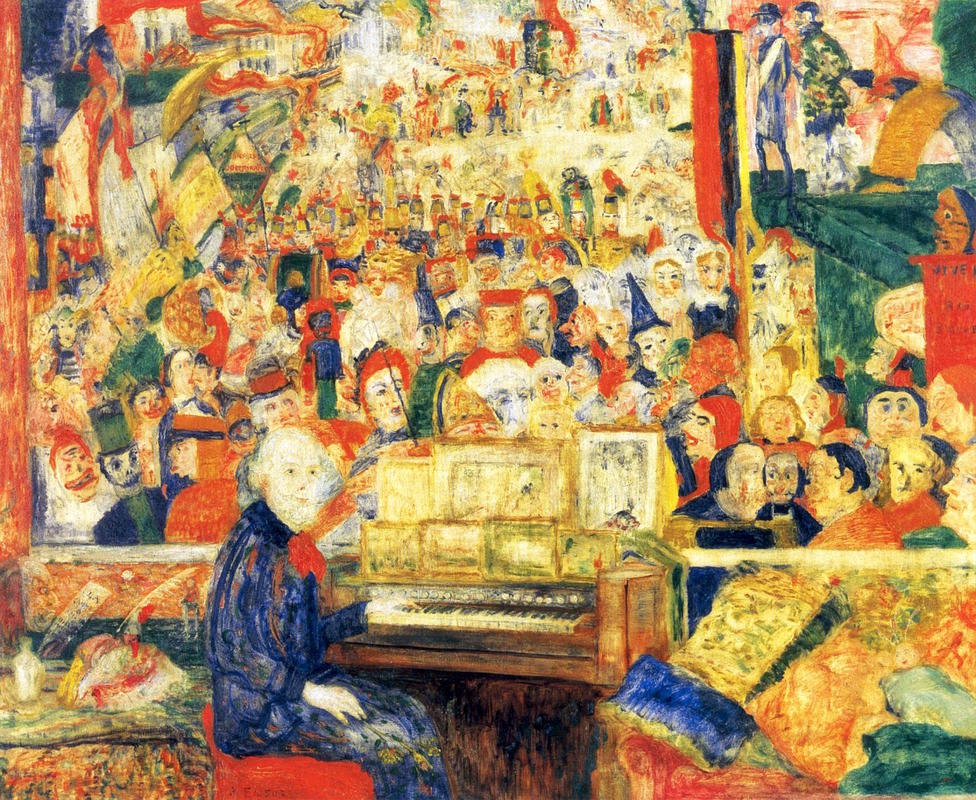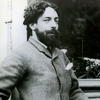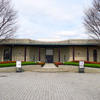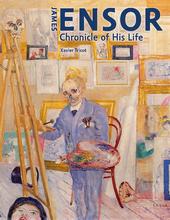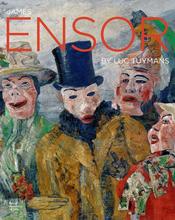More about Ensor at the Harmonium
- All
- Info
- Shop

Contributor
James Ensor fancied himself quite the Renaissance man.
Besides being an extremely accomplished painter as his works were finally selling like hotcakes (hotcakes that had been hanging around for some 20 years, but none the less, they sold) many of Ensor’s personal friends recalled his masterful penny-whistle solos played in his nostril.
Art collectors Albin and Emma Lambotte upgraded the artist from a penny-whistle in 1906 when they gifted him a piano-like instrument called a harmonium so Ensor decided it was time to allow his artistic talents to branch out into the music realm, beyond the penny-whistle.
With his new musical toy, Ensor composed symphonies and a full-on six part ballet titled “La Gamme d’Amour." His music fell a little flat, and not just because it was composed almost exclusively of flat notes. The composer Auguste De Boeck even called "La Gamme d’Amour" “simple dance tunes.” He solicited the Théâtre des Champs Elysées and La Compagnie des Ballets Russes, both of which are located in Paris, and both of which told him no right away. Ensor tried to comfort himself by saying that using an orchestra for his ballet would weaken the character development in the ballet anyway.
Ensor thought very highly of his art, both visual and musical. The art critic Emile Verhaeren best put it in 1908 when he wrote “It would be surprising if Ensor, who loved art above all else, and consequently loved the person who created it, that is himself, had not reproduced his own image ad infantium.” When Ensor discovered his signature motif, masks, he made his once hopeful and handsome self portraits grotesque and symbolic. Consequently, Ensor’s self portrait became a portrayal of himself in his studio surrounded by his masks, was a representation of his changing moods and the ghosts of his unfortunate musical career.
Lucky for we of the modern age, Ensor’s musical works were adapted into full orchestral symphonies just before WWI, so if anybody is interested in some “simple dance tunes,” I’m sure it exists somewhere in the recesses of the internet.
Sources
- Herwig Todts, "Ensor as Painter," James Ensor, , accessed June 07, 2017, http://jamesensor.vlaamsekunstcollectie.be/en/biography/ensor-as-painter.
- Herwig Todts, "James Ensor as Musician," James Ensor, , accessed June 07, 2017, http://jamesensor.vlaamsekunstcollectie.be/en/biography/james-ensor-as-….
- "James Ensor," Musée d'Orsay, February 07, 2008, , accessed June 08, 2017, http://www.musee-orsay.fr/en/events/exhibitions/in-the-musee-dorsay/exh….

